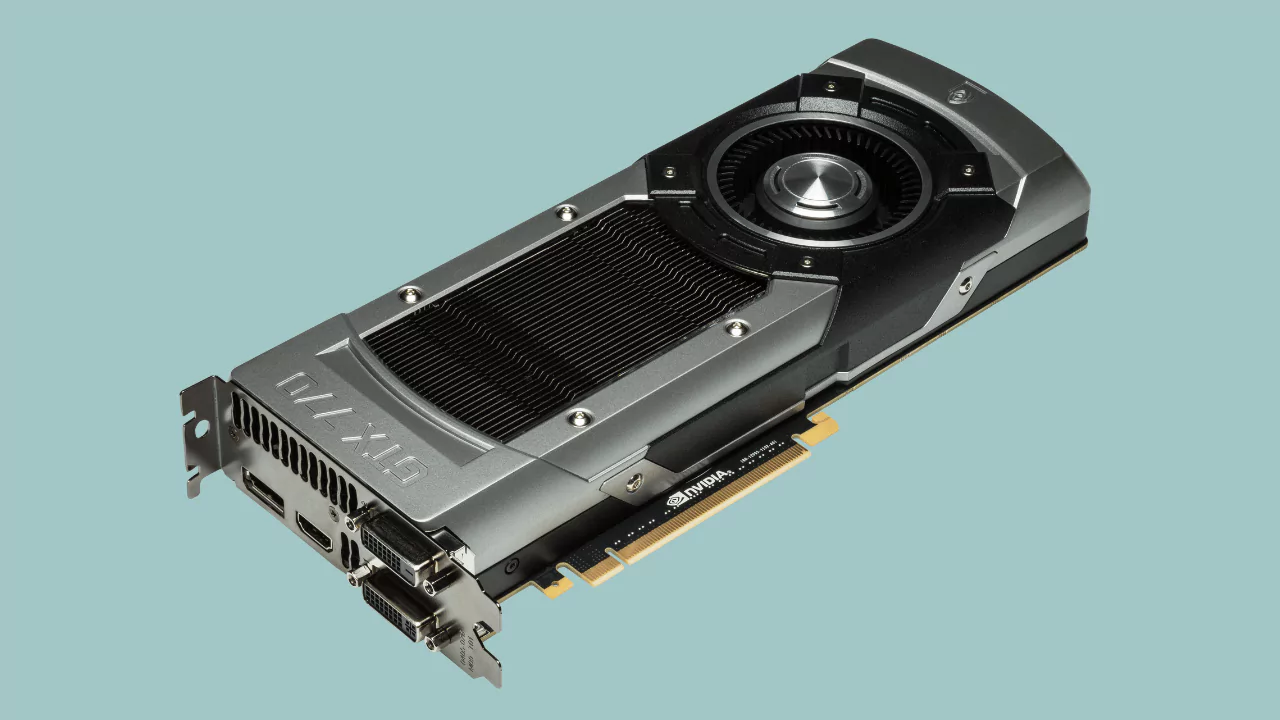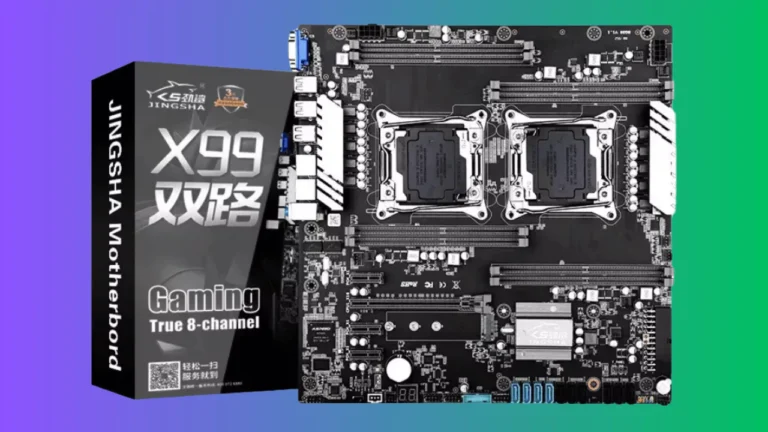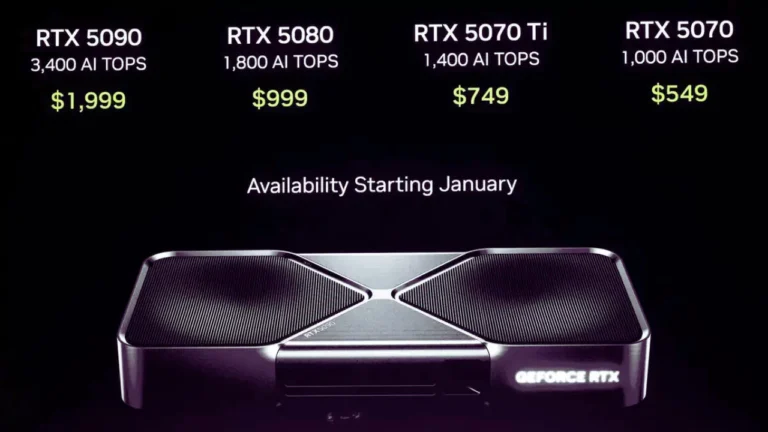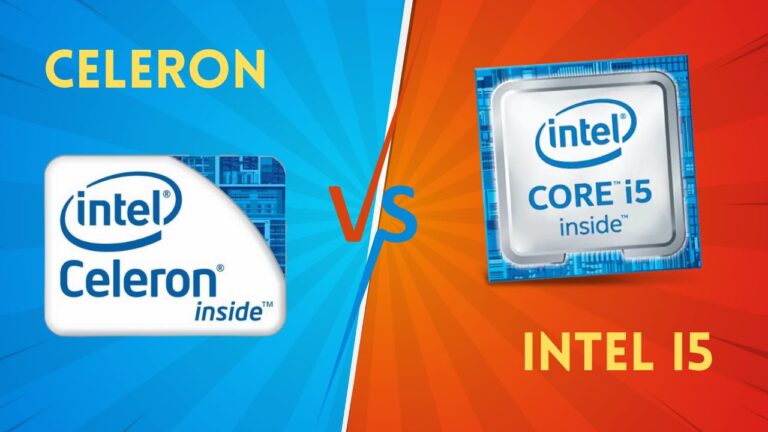A reference GPU, also known as a Founders Edition (for Nvidia) or a stock card, is the blueprint for a graphics card created by the chip designer, typically Nvidia or AMD. It serves as the base design that other manufacturers can use to build their own custom graphics cards.
What Is a Reference GPU?
A Reference GPU is the original design of a graphics processing unit (GPU) as developed and released by a manufacturer, such as NVIDIA or AMD. This version serves as the standard model for that particular GPU and is used as a baseline for other manufacturers and partners to create their own versions, often with various modifications for improved performance or cooling.
These reference GPUs are typically the first to hit the market when a new GPU is launched. They have a standard design, cooling system, and clock speeds as specified by the original manufacturer. Aftermarket or custom GPUs, on the other hand, are modified versions of these reference cards, produced by third-party companies like ASUS, Gigabyte, MSI, or EVGA. These companies often enhance the reference design with better cooling solutions, higher clock speeds, and sometimes additional features like RGB lighting or custom software.
Choosing between a reference GPU and an aftermarket GPU can depend on several factors, including price, performance requirements, and personal preference for design aesthetics or brand loyalty. Reference GPUs can be a good choice for those who want the original design and specifications as intended by the chip manufacturer.
Understanding the Role of Reference GPUs in the Industry
Reference GPUs play a crucial role in the graphics card industry. They are essentially the standard models created by GPU chip developers like NVIDIA or AMD to showcase the capabilities of their new chips. These reference designs are used by hardware partners as a blueprint to create their own custom graphics cards.
Here’s a breakdown of the role of reference GPUs in the industry:
- Performance: Reference GPUs are designed for high-performance tasks, particularly in professional settings like engineering, architecture, and design. They often feature faster clock speeds, higher memory bandwidth, and optimized drivers for demanding applications.
- Benchmarking: They provide a consistent baseline for performance and compatibility, which is essential for benchmarking and testing. This helps establish a standard against which all other graphics card variants can be compared.
- Design Inspiration: The reference design also inspires third-party manufacturers to build custom graphics cards with enhanced cooling solutions, higher clock speeds, or design variations.
- Early Adoption: For early adopters, reference GPUs offer the first glimpse of the latest technology’s power, even though custom cards with better features may be worth waiting for.
- Workstation Tasks: Unlike consumer graphics cards that are often geared towards gaming, reference GPUs are built for workstation tasks that require superior performance, like 3D modeling, video editing, and CAD software.
Difference Between Reference and Retail GPUs
The difference between reference and retail GPUs lies in their design, performance, and cooling systems. Here’s a comparison to help you understand:
Design:
- Reference GPUs: These are the original designs provided by GPU manufacturers like NVIDIA or AMD. They set the standard for performance and design that third-party manufacturers can follow or improve upon.
- Retail GPUs: Also known as aftermarket GPUs, these are customized versions created by third-party manufacturers such as ASUS, Gigabyte, or MSI. They often feature enhanced designs with better cooling solutions and may have higher clock speeds.
Performance:
- Reference GPUs: They usually stick to the specifications provided by the chip manufacturer. While they offer solid performance, they may not be as optimized as retail GPUs.
- Retail GPUs: These cards are often overclocked by the manufacturer, meaning they can perform better than reference GPUs right out of the box. They also might come with better components like higher-quality capacitors or more robust power phases.
Cooling:
- Reference GPUs: Traditionally, they use blower-style coolers that exhaust hot air out of the back of the case, which is beneficial in cases with limited airflow.
- Retail GPUs: They usually have more advanced cooling solutions, such as multiple fans or larger heatsinks, which can lead to better thermal performance and quieter operation.
Price:
- Reference GPUs: They are often cheaper because they don’t include the additional costs of improved cooling or design.
- Retail GPUs: The extra investment in cooling and design typically makes these cards more expensive than their reference counterparts.
Why Reference GPUs are Important for Benchmarking and Testing?
When it comes to benchmarking and testing graphics cards, reference models are the gold standard for several reasons:
- Consistent and powerful performance: Reference cards provide a level playing field for testing. They eliminate variations caused by different cooling solutions or clock speeds used by custom cards. This allows for a more accurate comparison of the core GPU architecture itself, giving reviewers and consumers a clearer picture of the chip’s true potential.
- Establishing a baseline: Reference cards set the baseline performance for a particular GPU. This allows reviewers and consumers to understand the raw capabilities of the chip before factoring in customizations by other manufacturers. By providing this baseline, reviewers can then analyze how custom cards with different specifications perform in comparison.
- Simulating a “worst-case scenario”: Reference cards often represent a “worst-case scenario” in terms of thermals and acoustics. This is because they typically use simpler cooling solutions compared to some retail cards. This can be helpful for reviewers to assess the base performance of the GPU under potential thermal stress, providing valuable insight into how the chip handles heat dissipation.
- Pushing the limits: Overclockers often use reference cards as a starting point for pushing performance limits. The simpler design of reference cards can sometimes offer better headroom for overclocking compared to some complex custom designs with intricate layouts and multiple fans. This allows overclockers to experiment and achieve higher clock speeds without introducing additional variables caused by the custom design.







